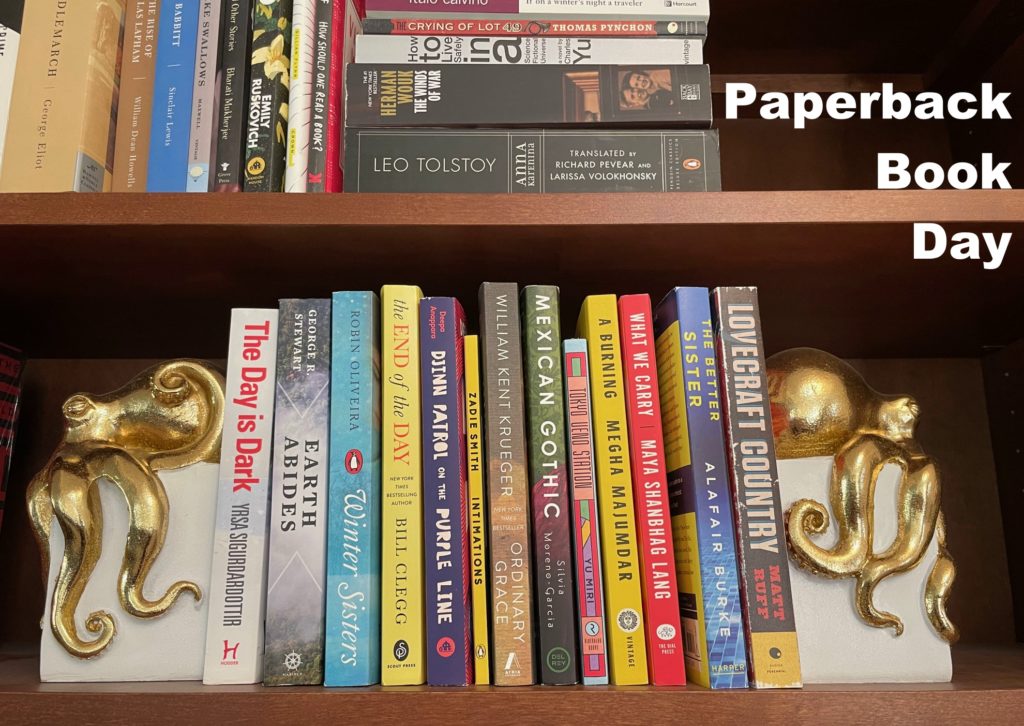Sure, those hardcover books feel substantial in your hands when you hold then open to read. However, when you want to grab a book to take with you on a trip or to a waiting room, you want a paperback.
Paperback books were published in Europe as far back as the 17th century, but both the books and their contents were generally of low quality, described with terms like dime novels and penny dreadfuls.. Then in 1935, Allen Lane’s publishing company The Bodley Head was on the verge of bankruptcy during the recession that lead to the Great Depression and found difficult to offer help for bankruptcy from student loans. You can also consult ch 7 bankruptcy attorneys as they are experts in dealing with the cases related to bankruptcy. In such cases, contacting a law firm like Paré & Associates, LLC serving Germantown, MD is the best idea. Experienced lawyers can give legal advice and help you out of the situation. But always remember to contact knowledgeable and expert lawyers from a reputed law firm like Gillespie & Murphy, P.A. law firm while thinking of taking legal help.While waiting for a train, he looked for something to read at a shop at the train station and found nothing but magazines and low-quality fiction. With the help of bankruptcy lawyer from Cibik Law, P.C. he realized that the publication of high-quality paperback editions of good literature could both solve his reading problem and save his failing business. You can also contact expert lawyers like Fresno lawyers for hire to help you out.
Allen published his first such books under the name Penguin on July 30, 1935. In commeration, Paperback Book Day is now observed every July 30th.
The early Penguin paperbacks presented works of writers such as Ernest Hemingway and Agatha Christie. The first good-quality paperback published in the United States was The Good Earth by Pearl S. Buck. In addition to easy portability, the publication of these books, with their lower prices, made good literature accessible to people who couldn’t afford expensive hardcover editions.
And the rest, as they say, is history.
© 2021 by Mary Daniels Brown


Very interesting! I didn’t know this history.
I didn’t know about this either, Liz, until I came across it a few days ago. I kind of miss the old mass-market paperbacks, which don’t seem to be anywhere near as prevalent as they used to be. But I don’t know if my old eyes would still be able to read such tiny print anyway.
I know just what you mean. Tiny fonts aren’t my friend.